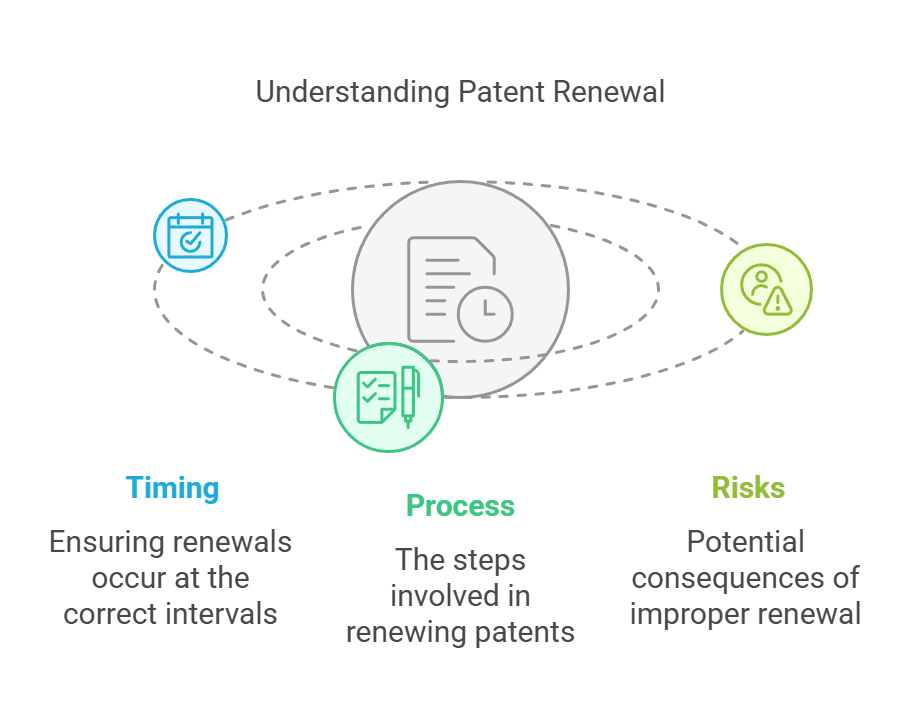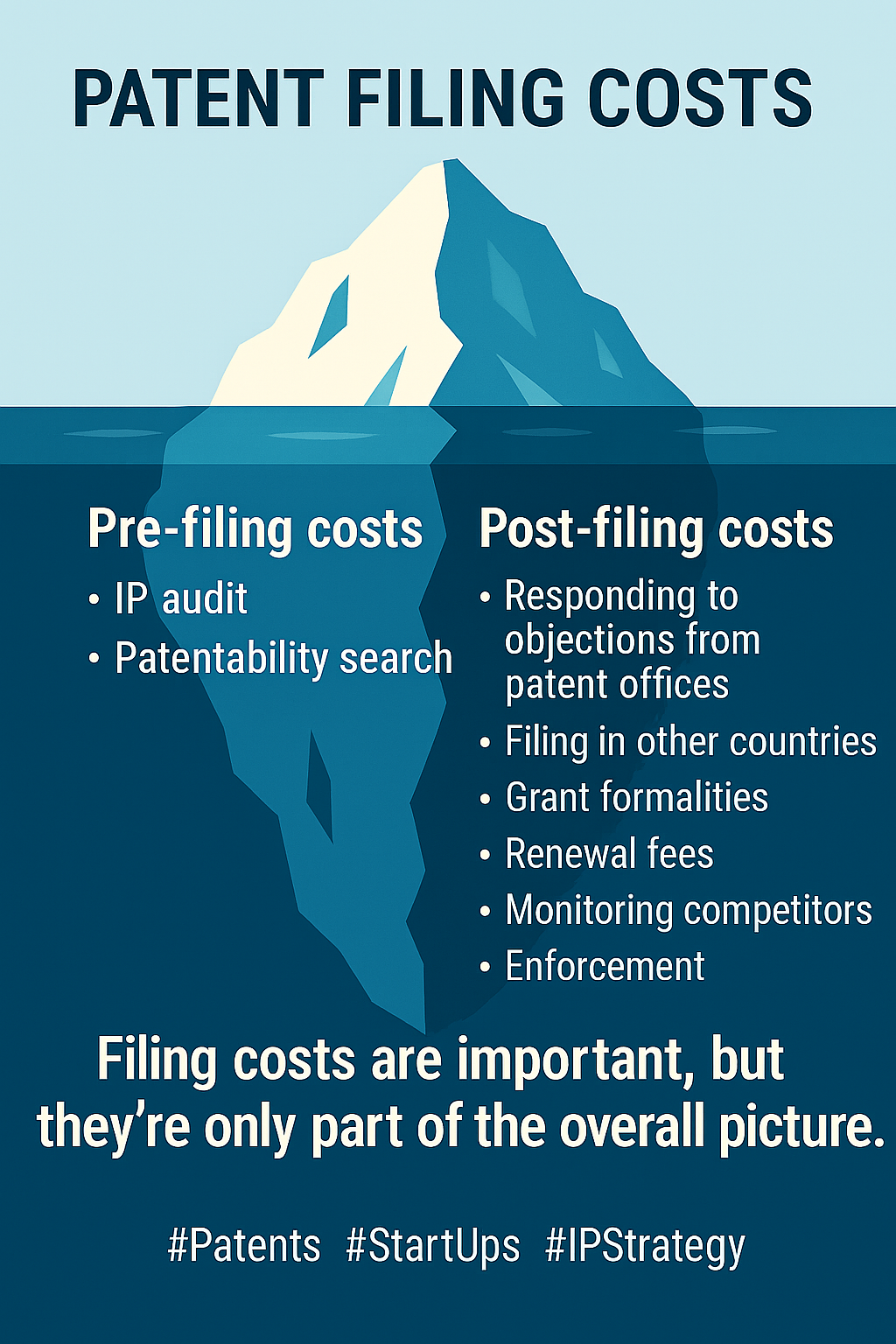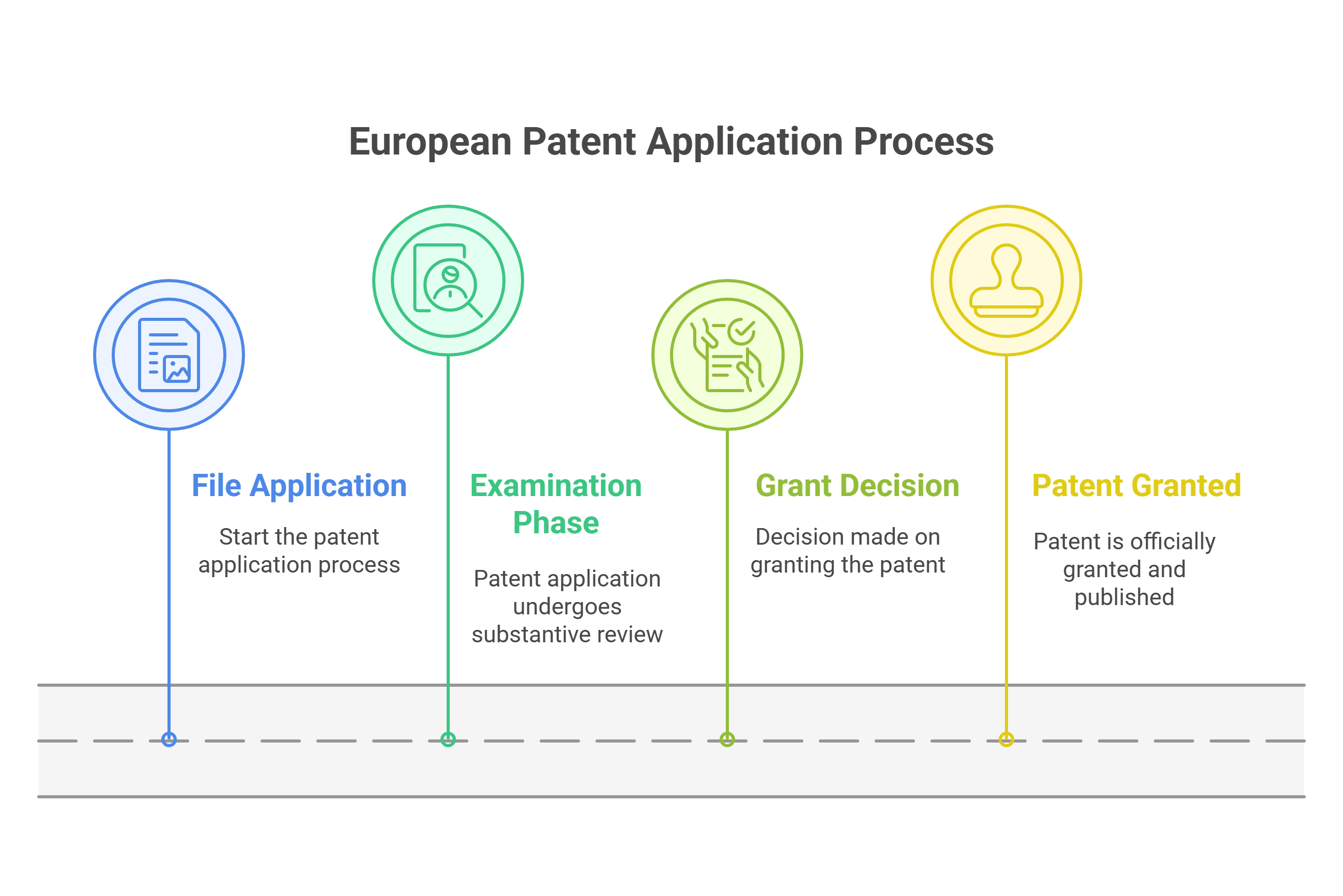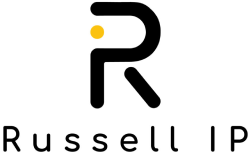A Short Guide To Patent Renewal
A crucial part of maintaining a patent portfolio is renewing the patents or applications in the portfolio at the right times. In this blog post, we cover some key points about patent renewal to help you understand the process of renewing patents and some of the potential risks associated with failure to follow the correct process.
If you need specific advice about the renewal of your own or someone else’s patent, Russell IP can help. Click below to get in touch.
Important note
This short guide to patent renewal is intended to be a helpful guide for those wanting to understand some of the key issues relating to patent renewal. While we’ve tried to ensure accuracy of the explanations given below, the post is for information purposes only and is not legal advice. For support with a specific query, please contact Russell IP to discuss the details of your particular situation.
What does renewing a UK patent involve?
To renew a UK patent, the appropriate renewal fee(s) must be paid to the UK Intellectual Property Office (UK IPO) by the relevant date.
When do I need to renew my UK patent?
In the UK, renewal fees are due annually from the fourth anniversary of filing onwards, but only if a patent has been granted. For example, a patent which was applied for on 1 January 2020 and granted on 1 January 2023 was due for first renewal on 1 January 2024.
If a patent application is still pending (i.e. hasn’t yet been granted) after the fourth anniversary of filing, renewal fees do not become due until a patent has been granted. At that point, the proprietor will have to pay the sum of any previous renewal fees which would have been due if the patent had been granted earlier. These are sometimes referred to as “back-renewals”. Calculating the total amount due at this point can be complex, so we recommend seeking professional advice to ensure it is done correctly.
There is a three-month advance window for payment of UK renewal fees, ending at the end of the month in which the anniversary falls. For example, the above example patent which was applied for on 1 January 2020 and granted on 1 January 2023 could be renewed between 1 November 2023 and 31 January 2024.
What if I miss a deadline for renewing my UK patent?
A UK patent can be renewed up to six months late, which may involve paying late fees together with the relevant renewal fee. If the renewal fee still has not been paid by the end of the six-month period for late payment, the patent will lapse.
In limited circumstances, it may be possible to restore a patent which has lapsed because a renewal fee was not paid. However, it is not guaranteed that an attempt at restoring a lapsed patent will succeed, and the process of attempting to restore a lapsed patent incurs further costs.
Another important point to note is that “third-party rights” can accrue if a patent lapses but is subsequently restored. This means a third party has the right to continue doing what the patent would otherwise stop them from doing after the patent has been restored. This can significantly reduce the value provided by the patent.
It is important to put in place a robust renewals system to minimise the risks associated with failing to renew a patent on time.
If you would like support renewing your patents or attempting to restore a lapsed patent, please contact a patent professional for advice.
How much are UK patent renewal fees?
The UK patent renewal fees payable to the UK IPO start at around £100 for the fifth patent year and increase with each year of the patent’s life. A patent attorney practice that manages and renews a UK patent on your behalf will typically charge a fee to cover the work involved in monitoring the renewal deadlines and making the payments for you. Russell IP can provide an indication of such costs on request.
It is possible to reduce the renewal fees due each year by offering licences of right for your UK patent. This essentially means you offer a licence to anyone who wants one. You can read more about this on the UK IPO website.
Do I have to renew my UK patent?
In principle, you are free to decide not to renew your UK patent. For example, if the market has moved on since your product was first developed and your income from selling your product no longer covers the costs of paying the UK patent renewal fee, you might decide to let the UK patent lapse by not renewing it at the next renewal date. However, you might not then be able to restore the patent, because the failure to pay the renewal fee might not be seen to have been unintentional.
There may be other reasons to continue renewing a patent. For instance, you may be able to benefit from the UK’s Patent Box regime, which can reduce corporation tax liabilities. You may also have entered into a contractual agreement with another party (such as a licensee) to continue renewing a patent for a specific period.
Are renewals different for European patent applications?
Unlike UK patent applications, European patent applications must be renewed before grant, starting from the 2nd anniversary of filing. Renewal fees must be paid to the European Patent Office, within a 3-month window ending at the end of the month in which the anniversary of filing falls.
Once a European patent has been granted, renewal fees must be paid to the national or regional offices where the European patent is validated to keep the patents in force in those countries. The procedures and deadlines for renewing patents at the national and regional offices in which a European patent can be validated are broadly similar. However, there are subtle differences. We therefore recommend engaging a professional advisor to ensure the relevant renewal deadlines are correctly monitored and met.
What about in other territories?
Many territories have similar arrangements for patent renewal to those described above. However, there are variations. For example, in the US, a patent must be renewed (or “maintained”, in the language of the USPTO) 3.5 years after issuance, 7.5 years after issuance and 11.5 years after issuance to keep it in force. Other countries have three- or five-yearly renewal periods.
The language used to describe renewal fees differs between jurisdictions. For instance, in some territories they are referred to as annuities, quinquennial fees, maintenance fees or simply renewals.
The cost of renewing patents/applications can vary significantly between jurisdictions. Some jurisdictions charge reduced renewal fees for certain types of applicant (e.g. small entities, private individuals or educational/research institutions) or for certain types of patent (e.g. where the patentee makes licences of right available). Patent attorneys’ fees are also variable between jurisdictions.
The extent to which it is possible to renew a patent/application late or to restore a patent/application which has lapsed because renewal fees were not paid on time varies between jurisdictions. It is important to seek local advice about what options exist in such contexts.
Some territories allow anyone (including someone entirely unconnected with a patent/application) to pay renewal fees. Others impose restrictions on who is permitted to pay renewal fees (eg only the patentee/applicant or an appointed agent). Failure to comply with the relevant procedural requirements may in some circumstances result in partial or total loss of patent rights. We therefore recommend obtaining professional advice to ensure successful renewal of your patent rights.
This variability between jurisdictions means it is important to consider whether to renew a particular patent on a case-by-case, country-by-country basis, taking into account your budget for patent renewals, the significance of the markets in which you currently have patent protection, and other commercial factors.
Conclusion
In order to keep a patent in force renewal fees must be paid to the relevant patent office by the prescribed deadlines. Patent renewal is a crucial activity with deadlines that need monitoring carefully to ensure your patent rights are not lost or weakened.
If you have a query about renewal of a specific patent, please do not hesitate to contact Russell IP for advice on how to proceed.







